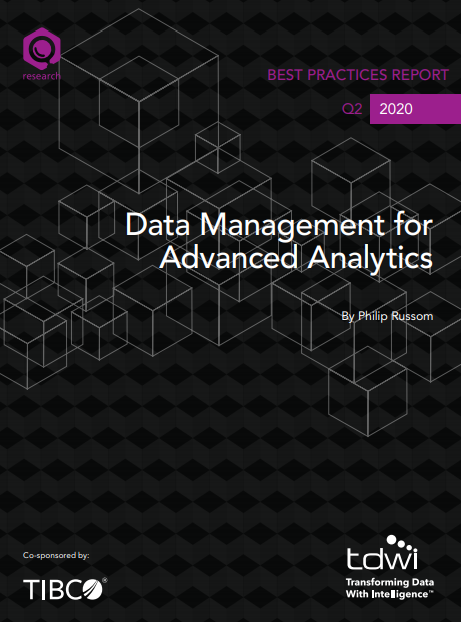In episode 14 we talk to Scott Taylor about how he helps companies find their data management story.
Scott is the self-styled Data Whisperer and he works with companies to help them find their data management story and tell it to business leadership. His prime advice is to speak in a language that business understands - avoid getting too technical.
One of the key areas we discuss is the identification and proper cataloguing of data sources across the organisation. And part of this is breaking down silos to get comprehensive view of data.
DATACON AFRICA: LIVE
DataCon Africa: Live is a 100% virtual conference and will connect Africa's most progressive data analytics leaders with the world's most forward-thinking solution providers, set against a backdrop of cutting-edge content that you cannot find anywhere else. At home, in the office or on the road.
Data Quality Training Online
About the Course
In an age where data analytics is used to drive decision making across every facet of a business ensuring the quality of your data is paramount to your organisation's success. The adage "garbage in, garbage out" may be cliched but it describes, perfectly, the critical importance of high quality data being fed into sophisticated models.
Corinium has partnered with InfoBluePrint to bring you the most comprehensive data quality management course delivered through a state-of-the-art webinar platform.
The course structure is 8 modules spread over 4 days by our leading trainers - Diana Joseph and Joe Newbert. The 8 modules are:
- Data Quality Awareness
- Data Quality in Context
- Data Assessment
- Business & User Requirements
- Data Measurement
- Data Correction
- Problem Prevention
- Context of Data Management






.jpg)

